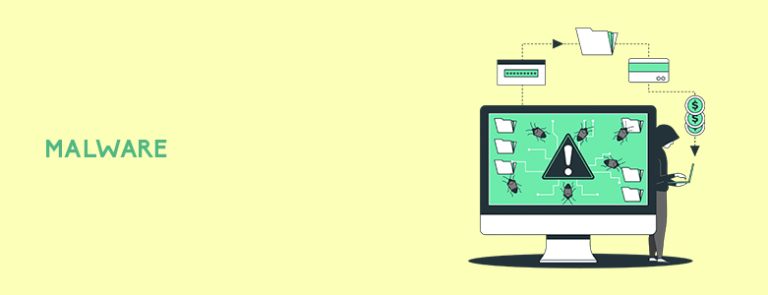What are some cybersecurity threats in the Philippine banking industry?
- Phishing attacks
- Insider threats
- Malware
The banking industry deals and manages sensitive data — such as credit card numbers, personal information, and the like. Without proper cybersecurity measures in place, there are risks that can lead to loss or theft of data. This article will discuss those risks and potential solutions. Read on to learn more about the different cybersecurity threats in the Philippine banking industry.
Phishing Attacks

Social engineering is a term used to describe malicious activities that are done through human interactions. It’s the method of manipulating people with the goal of making them give up confidential information or allow access to a network. There are different types of social engineering attacks that your organization might encounter — the most common is phishing.
Phishing involves tricking a victim into believing that they have received an email or text message from a trusted and legitimate entity. Once they open the message, they will be encouraged to click on a malicious link or download an attachment that contains malware.
This could lead to theft of your data or a full-on ransomware attack. Ransomware is malicious software that can block your access to your files and network unless you pay a ransom. Phishing is also used by attackers to solicit important details such as usernames and passwords. This could happen when an employee unwittingly clicks on a link directing them to a fake log-in page.
To combat a phishing attack, employee cybersecurity training is a must. But there are also IT solutions that can complement this. For instance, Trend Micro Email Security uses machine-learning and sandboxing to filter and analyze files and URLs in emails. It also looks at the authenticity of the sender to help prevent phishing in the future.
Insider Threats

There are three main types of insider threats. The first one is a malicious insider, who intentionally abuses their credentials to steal information due to grudges or financial motivation. They can secretly sell this information to competitors. The next one is a careless insider, who unknowingly exposes company data to outsiders. This could happen through phishing attacks. The last one is called a mole, or an outsider that has managed to gain insider access to your network.
An insider threat is dangerous because they have direct access to your computer systems and network. This can be abused and used to harm your organization. If undetected, it could lead to financial losses and loss of reputation. There are some indicators of insider threats. For example, you might receive multiple requests to access information not associated with a job role. Or maybe your IT team notices attempts to bypass security in many instances.
If you want to detect insider threats and protect your data, it’s recommended to enforce a zero-trust security model. This involves requiring all users to be authenticated continuously before granting them access to data. Having zero trust means that you don’t automatically trust users even if the request comes from inside the network. Instead, verification is always required.
Another recommendation is to invest in Exabeam User and Entity Behavior Analytics (UEBA) technology. This is a security solution that utilizes machine learning and deep learning to identify normal behavior, analyze abnormal and risky ones, and stitch related events to spot insiders performing suspicious activities.
Citrix Session Recording is also another solution in handling insider threats. The main features include visual screen recording and playback, which allows you to record and index all user activity. This way, you can monitor use of applications that deal with sensitive information and spot malicious and risky users.
Malware

No matter what industry it is, there’s no shortage of malware threats. These are malicious software that is designed to harm or exploit a device, service, or network. Most of the time, it is used by cybercriminals for financial gain. As an organization that handles and manages systems that store sensitive financial data, the industry needs to be proactive about cybersecurity measures to protect against malware.
There are many IT solutions that can protect your data from known threats. But as threats continue to evolve and new malware appears, you might need something a little more advanced. Attackers take advantage of newly found vulnerabilities in software before the manufacturer notices it, making their attack more likely to succeed. These are also called zero-day attacks because a software developer has “zero-days” to address the vulnerability because they have just learned of it.
Trend Micro TippingPoint Threat Protection System is a network security platform that can help protect your data from known and new threats. A solution like this is also capable of providing access to information from Zero Day Initiative — the largest bug bounty program that is created to report zero-day vulnerabilities.
Key Takeaway
As a part of the banking industry, your organization is faced with cybersecurity issues such as malware, social engineering attacks, and insider threats. Without ample protection, you can experience data theft, financial losses, reputation damage, and loss of customer loyalty.


One Response